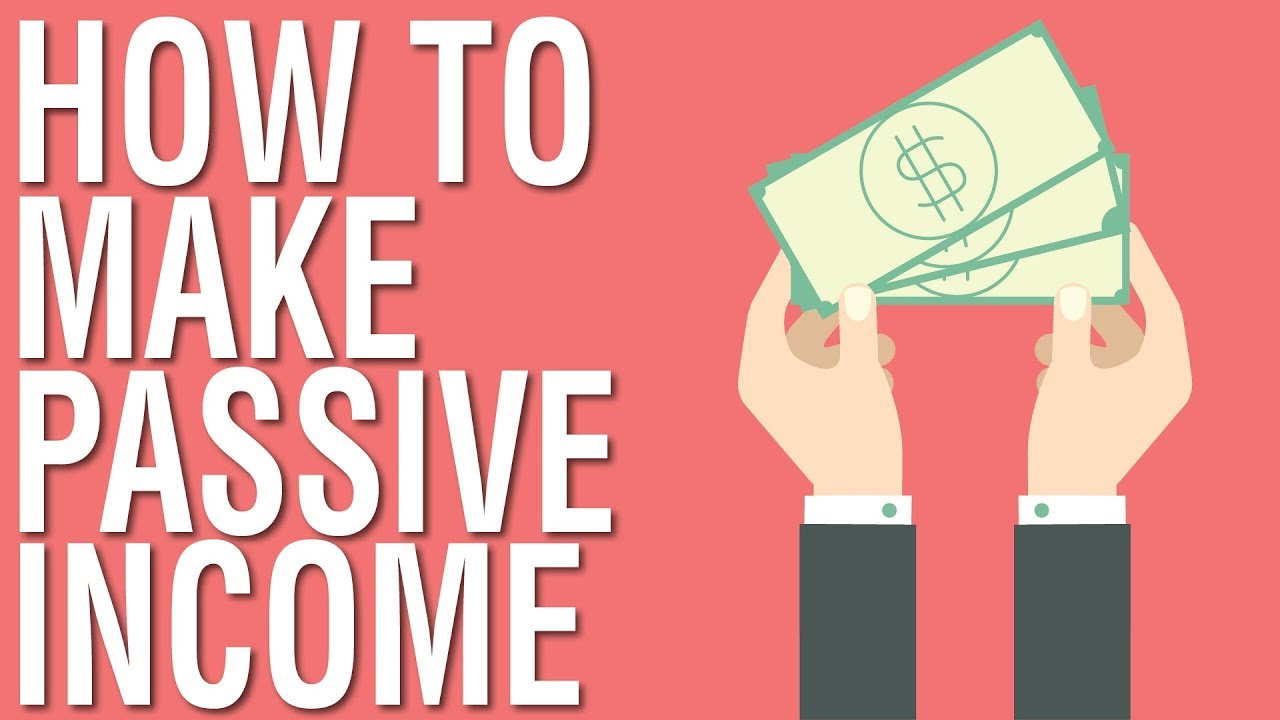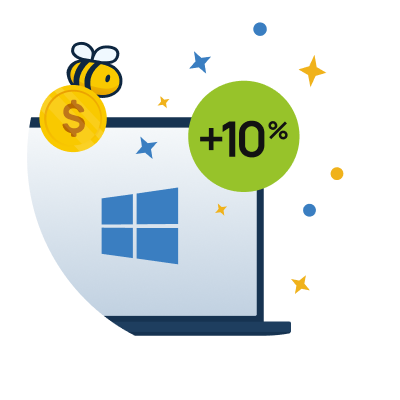Stock photo or video licensing is a method where you upload your photos, videos, or digital art to stock platforms, which then sell or license them to customers. Each time a customer downloads your content, you receive a commission or royalty. This is a hands-off, passive income source after the initial upload.
How It Works
- Capture or Create Content: You can use a camera or smartphone to take photos, shoot videos, or create digital designs. The content can range from nature, travel, and lifestyle to highly technical or niche subjects like business scenarios, medical images, or abstract art.
- Choose a Stock Platform: Popular platforms where you can license your content include:
- Shutterstock: One of the largest stock marketplaces. It offers photos, videos, vectors, and music.
- Adobe Stock: Known for its integration with Adobe’s Creative Cloud suite, allowing designers to easily incorporate stock photos into their projects.
- iStock: A part of Getty Images, which focuses on premium content for professionals.
- Pond5: Specializes in video content but also offers photos and audio.
- Upload and Tag: After creating an account on a stock platform, you upload your files. It’s important to tag your images or videos with relevant keywords that potential buyers would use when searching. Accurate tagging and categorization improve visibility.
- Earn Commissions: Once uploaded, your photos or videos become part of the stock library. When a customer downloads your content, you earn a percentage of the sale, typically between 15% and 40%, depending on the platform and your contributor level.
Technical Requirements for Photos and Videos
- Resolution:
- Photos should typically be high-resolution (e.g., at least 4MP, often higher for commercial use).
- Videos should be in HD (1080p) or 4K resolution.
- File Format:
- Images are usually required in JPEG or TIFF format.
- Videos are commonly accepted in MP4 or MOV formats, with a high bitrate for quality.
- Aspect Ratio: Standard 16:9 or 4:3 aspect ratios work for both videos and photos.
- Metadata: Provide detailed descriptions, keywords, and categories to make your content discoverable.
Example Workflow:
- Take Photos or Videos: Suppose you specialize in nature photography. You head to a park and capture images of landscapes, flowers, and wildlife. You also take a few short videos of animals in motion.
- Post-Processing: Use photo-editing software like Adobe Lightroom or Photoshop to enhance colors, adjust contrast, or remove distractions. For videos, software like Adobe Premiere or DaVinci Resolve helps edit and stabilize footage.
- Upload to Shutterstock: You log into your contributor account on Shutterstock and upload your content. For each photo or video, you add a title (e.g., “Beautiful Sunset Over Mountains”), description, and relevant keywords (e.g., “sunset,” “mountains,” “landscape,” “outdoors”).
- Approval: Once you submit, your content goes through a review process. Shutterstock’s team checks the quality, relevance, and marketability of your submissions. This can take anywhere from a few hours to a few days.
- Sales and Earnings: When someone searching for “sunset over mountains” downloads your photo, you earn a commission. Shutterstock pays between $0.25 and $0.38 per image download, while video downloads can earn between $10 and $50, depending on the licensing terms and quality of the content.
Types of Licensing
- Royalty-Free (RF): The customer pays once for the license and can use the content multiple times without paying extra.
- Rights-Managed (RM): The customer pays based on the specific usage terms (e.g., duration, geographical region, exclusivity). RM content typically commands higher prices but is more complex to manage.
When to Start
You can start anytime! Whether you’re a professional photographer or just beginning, stock platforms accept content from all levels, though quality standards must be met. Your smartphone, DSLR, or mirrorless camera is enough to get started, especially for photo submissions.
Benefits of Stock Licensing
- Passive Income: Once uploaded, content can generate sales for years. Some contributors report earning a steady stream of income from photos or videos they uploaded years ago.
- Scalability: You can upload as much content as you want. The more content you have in the library, the higher your chances of making consistent sales.
- Global Market: Stock platforms have a global customer base. Your content can be used in magazines, websites, advertisements, and presentations around the world.
Tips for Maximizing Earnings
- Niche Content: Instead of shooting common subjects like sunsets or pets, focus on niche content with less competition. For example, images of medical equipment, business scenarios, or highly specific locations may be more valuable.
- Consistency: Regularly uploading new content can increase your visibility on stock platforms. The more active you are, the better your chances of making sales.
- Seasonal Content: Create content that aligns with seasons or holidays, such as Christmas-themed photos or videos of winter activities.
- Diversify Platforms: Uploading to multiple platforms like Shutterstock, Adobe Stock, and Pond5 can increase your exposure and earnings.
Real-Life Example of Earnings:
A part-time photographer uploads 200 stock photos to Shutterstock, ranging from nature photos to business shots. Over the course of a year, 50 of these photos are downloaded multiple times. Each download earns about $0.25 to $0.38, resulting in a steady passive income of around $50-$100 per month. Meanwhile, two of their videos are downloaded on Pond5, earning them $75 each.
Conclusion: Stock photo and video licensing is a great way to earn passive income if you enjoy photography or videography. With the right content and strategy, it can generate long-term revenue, even with part-time involvement. Setting up on platforms like Shutterstock or Adobe Stock is relatively simple, and once your content is up, you can earn money while you sleep!




Leave a Reply